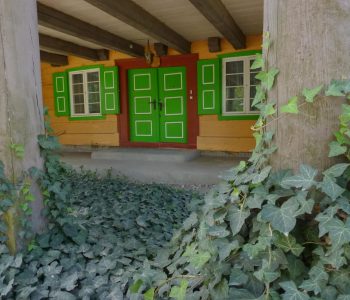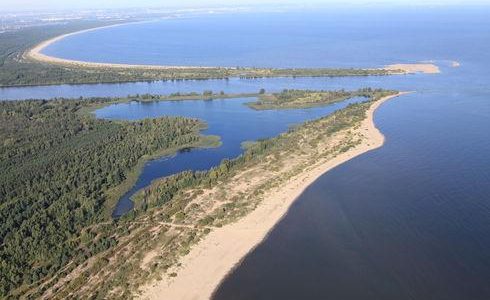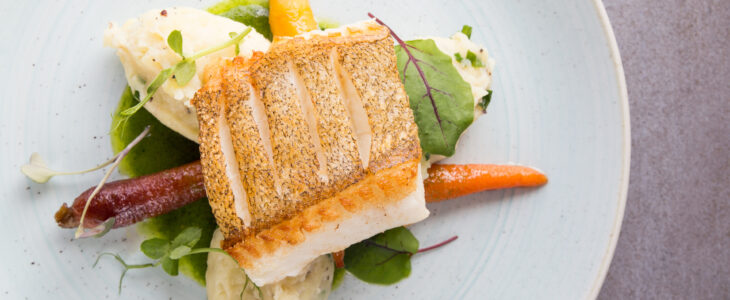When Ignacy Franciszek Przebendowski began to build his family residence on the western shore of the Cedron stream in the 18th Century, no one expected that the building would play such a key role in the culture of northern Kashubia.
The first partition of Poland and financial problems prevented the completion of the venture. The property was sold to the new owner, Scottish merchant Alexander Gibson. He also did not enjoy the beautiful residence long, as he sold the property within a few years to his nephew, Alexander von Keyserlingk, who took the palace apart and built a completely new one. The beginning of the 19th Century saw the erection of a grand structure on a rectangular plan, with a classicistic portico from the south side and a beautiful garden. In the following years, the owner added wings to the building and changed the style of the palace into the neo-gothic mode it presents to this day.
After World War II, the owner of the property took his wife and son and left for Germany, while the palace was adapted by the Forest Technical School and subsequently turned into a preschool for hearing-impaired children.
In 1995, the venue was occupied by the Museum of Kashubian and Pomeranian Literature and Music, which used the palace for exhibition rooms. The numerous renovations allowed the palace to recapture its glory, while the interiors revealed historic polychromes. The museum is home to keepsakes of regional literature and properties of Kashubian culture. The most valuable collections of the museum include manuscripts and old prints, which contain items written by the greatest regional writers and activists, including Aleksander Majkowski. The section of art and keepsakes of Kashubian writers and activists has gathered material objects once owned by poets, as well as certificates from their era, including paintings, graphics and seals. The museum is the only institution in Poland which promotes regional culture on such a grand scale. The accessed collections are among the largest and most valuable in Poland.
The palace’s garden, fountain and monumental tree specimens create a favourite place for strollers. The historic green area surrounding the palace is in perfect keeping with the adjoining Aleksander Majkowski Park, while the nearby amphitheatre is a place for summer cultural events.






















